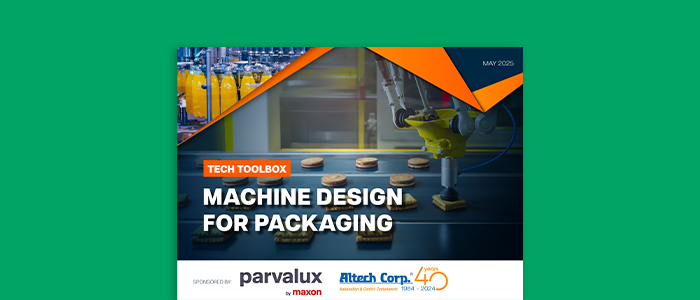As businesses transition to hybrid work models, how sales teams operate has fundamentally changed. Sales teams now require a blend of tools supporting in-person and remote selling environments. This shift has driven the evolution of sales tech stacks, with companies investing in technologies that promote seamless collaboration, effective communication, and enhanced productivity across distributed teams.
The Role of Sales Tech Stacks in Hybrid Work
A sales tech stack is the collection of software tools and technologies that sales teams use to streamline processes, manage relationships, and close deals. For hybrid sales teams, this stack must provide flexibility, enabling reps to work efficiently regardless of their location. Whether they are meeting prospects in person or conducting virtual meetings, the right tools empower them to deliver consistent results.
Key Elements of a Hybrid Sales Tech Stack
Customer Relationship Management (CRM) Systems
A CRM system is the foundation of a strong sales tech stack. It centralizes customer data, tracks interactions, and helps sales reps manage their pipelines effectively. For hybrid teams, CRMs like Salesforce or HubSpot need to offer cloud-based access, ensuring that both in-office and remote reps can collaborate and share updates in real time.
Sales Enablement Tools
Sales enablement platforms are crucial for delivering relevant content, training materials, and resources to sales reps on demand. In hybrid environments, these tools help reps access the information they need, whether they’re working from the office or remotely. Centralized platforms like Highspot or Seismic ensure consistent communication and enable reps to engage customers with the right content at the right time.
Also Read: How Chatbots are Enhancing Sales Engagement and Lead Nurturing
Collaboration and Communication Tools
Seamless communication is essential for hybrid teams. Tools like Zoom, Microsoft Teams, and Slack facilitate internal collaboration, allowing sales reps to stay connected with their teams and prospects. Video conferencing capabilities, instant messaging, and file-sharing functions help sales teams conduct virtual meetings and coordinate effortlessly across locations.
Sales Engagement Platforms
Automating and personalizing outreach is critical in hybrid settings. Sales engagement tools like Outreach or SalesLoft help reps manage email sequences, track interactions, and schedule follow-ups, ensuring consistent engagement whether they’re in the office or working remotely.
Building a Tech Stack for the Future of Sales
As hybrid work becomes the standard, companies must continue evolving their sales tech stacks to support the new ways sales teams operate. By investing in the right combination of CRM, sales enablement, collaboration, and engagement tools, businesses can empower their teams to thrive in a flexible selling environment, driving productivity and improving customer relationships across both in-person and virtual interactions.
Author - Vaishnavi K V
Vaishnavi is an exceptionally self-motivated person with more than 5 years of expertise in producing news stories, blogs, and content marketing pieces. She uses strong language, and an accurate and flexible writing style. She is passionate about learning new subjects, has a talent for creating original material, and the ability to produce polished and appealing writing for diverse clients.
-
White PaperOpenText
The Peril and Promise of Generative AI in Application Security
-
White PaperWTWH Media
Tech Toolbox Machine Design for Packaging
-
GuideAmazon Web Services
Accelerating Generative AI Innovation: A Comprehensive Guide for Public Sector Leaders
-
ReportKPMG
Global Tech Report: Consumer and Retail Insights
-
ReportLenovo
Reinventing Workplace Productivity
-
GuideIBM
Put AI to Work: Finance








